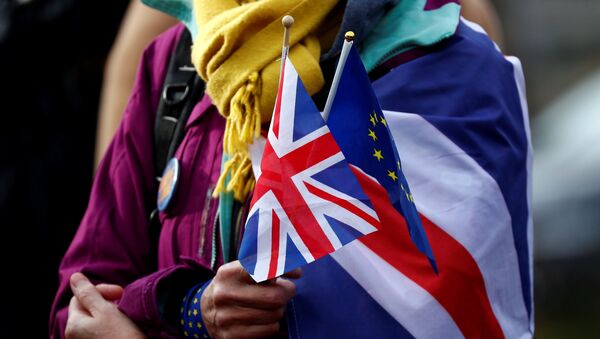Starting with the referendum of 2016, the Brexit saga has enjoyed some profoundly pivotal cliff-edge milestones that led the UK to the current moment; it is poised to break away from the EU on 31 January.
Here are some of the events that left their indelible trace on the process leading up to the country’s impending divorce with the bloc.
Brexit Referendum
The United Kingdom European Union membership referendum, commonly referred to as the EU referendum, or the Brexit referendum, took place on 23 June 2016 in the United Kingdom and Gibraltar. The question asked was:
"Should the United Kingdom remain a member of the European Union or leave the European Union?"
The majority of those who voted chose to leave the European Union, with 51.9 percent of the vote, versus 48.1 percent voting to remain.
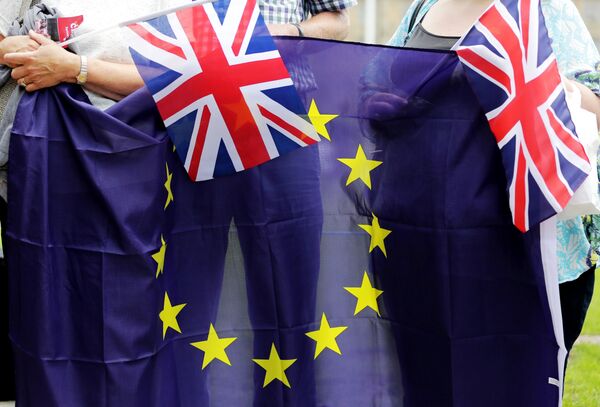
The UK government formally announced the country's withdrawal in March 2017, triggering the beginning of the Brexit process.
Membership of the EU and the European Economic Community which preceded it had long been a topic of debate in the United Kingdom, as earlier, in May 2015, following a Conservative Party manifesto pledge, a legal basis for the EU referendum was established through the European Union Referendum Act of 2015.
Immediately after the referendum result, on 24 June, David Cameron announced that he would resign as Prime Minister and Leader of the Conservative Party, having campaigned unsuccessfully for the country to remain in the European Union.
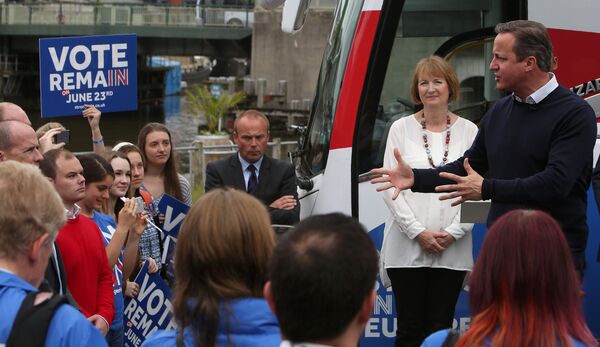
'Embattled' Theresa May In, Cameron Out
David Cameron was succeeded by Theresa May on 13 July 2016. May had won the contest on 11 July 2016, after the withdrawal of Andrea Leadsom left her as the sole candidate.
Former Mayor of London Boris Johnson, originally touted by some as a frontrunner, had chosen not to run after Michael Gove withdrew his backing and announced his own candidacy.
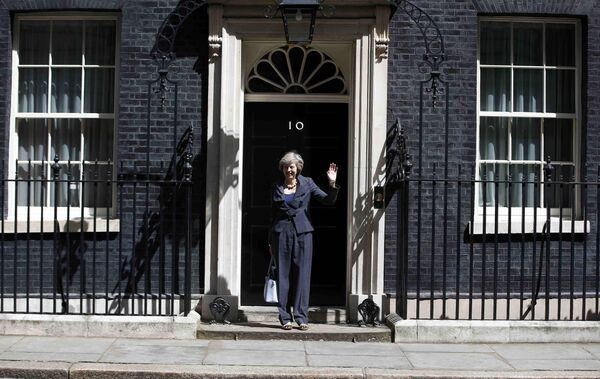
Brexit became the dominant issue of Theresa May’s time in office.
'Disastrous' Election
In April 2017, Prime Minister Theresa May sought to try and increase her Commons majority with a snap general election set for 8 June 2017. At the time she intimated that her reason was to strengthen her hand in the Brexit negotiations, as official talks with the EU were due to start in mid-June.
The prime minister’s decision was to have disastrous consequences for her ability to conclude a deal with the European Union.
The snap general election in the UK called by PM Theresa May resulted in a hung Parliament, as the governing Conservative Party remained the largest single party in the House of Commons but unexpectedly lost its small overall majority.
May found herself losing the authority to force compromise on the House of Commons, with the MPs, rather than the government, able to control the parliamentary agenda.
'Meaningful Vote'
The Government announced a new Bill to enshrine the Withdrawal Agreement between the UK and the EU in domestic law on 13 November 2017. Soon after, Theresa May suffered her first House of Commons defeat over Brexit.
Conservative rebels inflicted a humiliating defeat on May in the Commons as they backed an amendment to her European Union withdrawal bill over parliament’s right to a meaningful vote on the Brexit deal. The government had lost by 309 votes to 305.
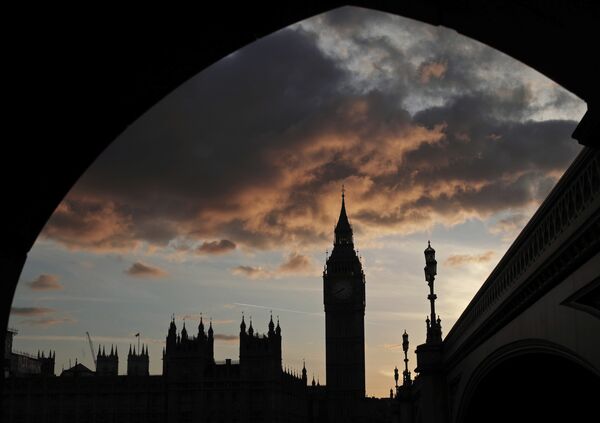
The amendment, tabled by former attorney-general Dominic Grieve, was portrayed as a safeguard to ensure the government could not impose a Brexit deal on parliament against its will.
In reality it was to enshrine in law the concept of the “meaningful vote” – something that was destined to thwart the Prime Minister’s attempts to force her deal through.
The amendment subsequently paved the way for parliament to reject May’s Withdrawal deal three times while forcing two extensions to Article 50 on the government.
No Confidence Vote
Prime Minister Theresa May survived a vote of no confidence in her leadership on 11 December 2018 after Conservative MPs voted to back her by 200 to 117, buying her more time to try to sell her unpopular Brexit deal to the divided parliament.
The no confidence motion was laid by Jeremy Corbyn, the Leader of the Labour Party and Leader of the Opposition, after the government had lost a Commons vote to secure parliamentary backing for Theresa May’s Brexit deal on 15 January.
MPs Reject No-Deal Brexit
On 13 March 2019, MPs inflicted two more defeats on PM Theresa May, rejecting the notion of Britain leaving the EU without a deal and clearing the way for Brexit to be delayed.
The following day MPs approved a motion to seek permission from the EU to extend Article 50.
On 21 March 2019 the European Union EU27 leaders agreed on a plan to delay the Article 50 process, postponing Brexit beyond 29 March.
Third Time Unlucky
Theresa May’s Brexit deal was rejected for a third time by MPs on 29 March 2019, with the Commons vote held on the day when Britain was meant to be leaving the European Union.
Despite the embattled prime minister’s promise earlier that she would hand over the keys to 10 Downing Street if her Tory colleagues backed the withdrawal agreement, parliament voted against it by 344 to 286.
Brexit was originally meant to happen on 29 March 2019, but the deadline was delayed twice after MPs rejected the deal.
To avoid a no-deal scenario, an extension was sought, and after the 10 April European Council special meeting, London received a flexible Brexit extension until 31 October.
Theresa May Resigns
Theresa May announced on 24 May 2019 that she would resign as Leader of the Conservative Party and as Prime Minister. She officially stepped down as the leader of the Conservative Party on 7 June, 2019, triggering the 2019 Conservative Party leadership election, nominations for which were opened on 10 June.

On 23 July, former London mayor Boris Johnson, was elected the new Conservative leader in a ballot vote of party members and was on course to become the next UK prime minister.
End of Johnson's Parliament Gridlock
In late October 2019 Chuka Umunna, a former Labour MP who had defected to the Lib Dems, persuaded Party leader Jo Swinson to drop its opposition to the election Johnson sought.
Until then opposition parties had Boris Johnson gridlocked, as the fixed-term Parliaments Act meant he did not have the numbers in the Commons to force an election.
Once the Lib Dems had strategically altered their stance, Labour had no choice but to support an election as well.
Johnson's Successful Gamble in Snap Elections
Prime Minister Boris Johnson won a resounding election victory on 12 December 2019 as the Conservative party gained 66 seats to secure its biggest majority since Margaret Thatcher’s 1987 victory.
This allowed him to end three years of political wrangling and deliver on his vow to take Britain out of the European Union by 31 January.
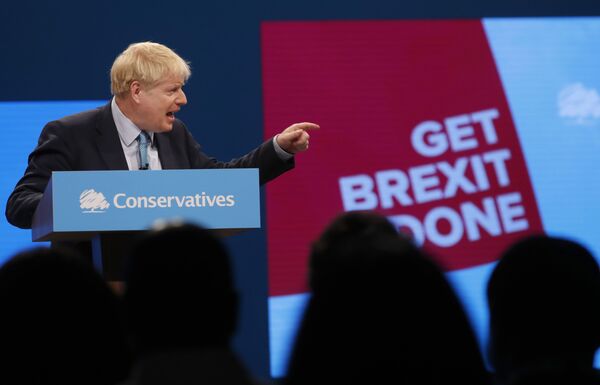
For Johnson, who campaigned on a vow to "Get Brexit Done", the poll victory was a vindication after the gridlock he had faced in parliament as he led a minority government.
After the House of Commons stalled his Brexit deal at the end of October, he had called the election two years ahead of schedule in hopes of winning a clear majority.
Final Hurdle
On 22 January 2020 the Brexit Bill cleared the UK parliament and, approved after the House of Lords decided to back down after its five amendments were rejected by the House of Commons.
The following say, 23 January, Queen Elizabeth II signed the Brexit Bill outlining the terms of the UK's withdrawal from the European Union on 31 January, setting the stage for Brexit to become a reality.

